Navratri, the nine-night festival devoted to the worship of Goddess Durga, holds a special place in the hearts of millions of Hindus worldwide. Each day of Navratri is dedicated to a different manifestation of the divine goddess, and on the fourth day, we celebrate Maa Kushmanda. She is the fourth Avatar of Goddess Durga and symbolizes the Heart chakra, which is ruled by Narayana, representing love and compassion.
Significance of Devi Kushmanda
Maa Kushmanda’s name carries profound significance – “Ku” means little, “Ushma” means warmth or life energy, and “Anda” means cosmic egg. She is often referred to as the creator of the universe, as per Hindu mythology. It is believed that when Maa Kushmanda smiled, it was like a radiant flower blossoming from a bud. This smile marked the beginning of the creation of the universe, transforming eternal darkness into a thriving world.
In the depths of boundless darkness, a divine, formless light spread in all directions, eventually taking the shape of Goddess Kushmanda. This goddess radiated warmth and life energy, and when she smiled, her light formed a cosmic egg, the source of a habitable universe.
The Birth of Suns and Planets
Under Maa Kushmanda’s divine influence, material planets and galaxies began to emerge, dispelling the darkness. She orchestrated the birth of radiant suns, which in turn sustained countless lives on various planets. These suns became the sources of energy for their respective worlds, but it was Maa Kushmanda herself who remained the ultimate source of these suns.
The Creation of Other Goddesses and Deities
Maa Kushmanda’s creative energy knew no bounds. From her left eye, she brought forth a black goddess with ten faces, ten arms, and ten feet. This goddess was Mahakali, seated on a burning funeral pyre, armed with various weapons symbolizing her power and ferocity.
Next, from her third eye, she created a fiery goddess named Mahalakshmi, adorned in saffron attire, wearing warrior’s armor, and seated on a lotus, exuding a fierce roar.
From her right eye emerged Mahasaraswati, with the complexion of milk, eight arms, and three serene eyes. Mahasaraswati wore white garments and possessed divine symbols like the trishul, discus, pestle, arrow, shell, bell, bow, and ploughshare.
Maa Kushmanda’s creative prowess extended to the formation of human deities. From Mahasaraswati, she crafted a man with five heads and a woman, naming them Brahma and Saraswati, respectively. Similarly, from Mahalakshmi, she fashioned Lakshmi-Vishnu, completing the divine trinity.
The Ashtabhuja Goddess of Anahata Chakra
Maa Kushmanda is often depicted with eight hands, each holding various symbols of power and creation, including a Kamandul, bow, arrow, a jar of nectar (Amrit), discus, mace, lotus, and a rosary. She is known as Ashtabhuja, with a radiant face and a golden complexion. Her significance extends to the Anahata Chakra in spiritual practice, helping devotees fulfill their desires and harmonize their lives.
Goddess Kushmanda Mantras for Worship
Kushmanda Beej Mantra
ॐ देवी कूष्माण्डायै नमः॥
(Om Devi Kushmandayai Namah)
Kushmanda Moola Mantra
ॐ क्लीं कूष्माण्डायै नमः॥
(Om Kleem Kushmandayai Namah)
Kushmanda Dhyan Mantra
सुरसम्पूर्णकलसं रुधिराप्लुतमेव च।
दधाना हस्तपद्माभ्यां कूष्माण्डा शुभदास्तु मे॥
Invoke the blessings of Maa Kushmanda by chanting these mantras with devotion during your puja or meditation sessions. Her divine energy will guide you towards a life filled with love, compassion, and fulfillment of your desires.

Navchandi Maha Puja at Rudralife
Navchandi Maha Puja is a special nine-day celebration organized during Navratri, with precise timings guided by the auspicious Muhurat.
Our dedicated team of two pandits, under the planetary influence of Ketu, will lead you through this divine journey. Navratri, an ode to the nine forms of Adi Shakti Devi Durga, embodies profound spiritual significance. This festival, following the lunar calendar, signifies the arrival of both spring and autumn.
Each day, we pay homage to one of Devi Durga’s incarnations, commencing with Devi Shailputri and concluding in grandeur on the tenth day. These rituals, prayers, and introspection encourage new beginnings and spiritual purification.
As a special note, we cherish Rudraksha beads, particularly the 9 Mukhi Rudraksha, believed to carry Devi Durga’s blessings. Wear or gift these beads during Navratri for spiritual elevation.
Our comprehensive Puja includes various rituals, such as Abhishek, Mantra Japa, Homam, and Aarti, to seek the blessings of Devi Durga and invoke her divine grace for prosperity and spiritual growth.
To watch this year’s LIVE Devi Kushmanda Puja, click here.
If you wish to organize a Sankalp Puja for yourself or participate in the upcoming Pujas, message us via WhatsApp on +91-72088 19922.





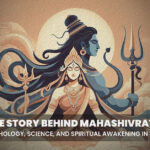

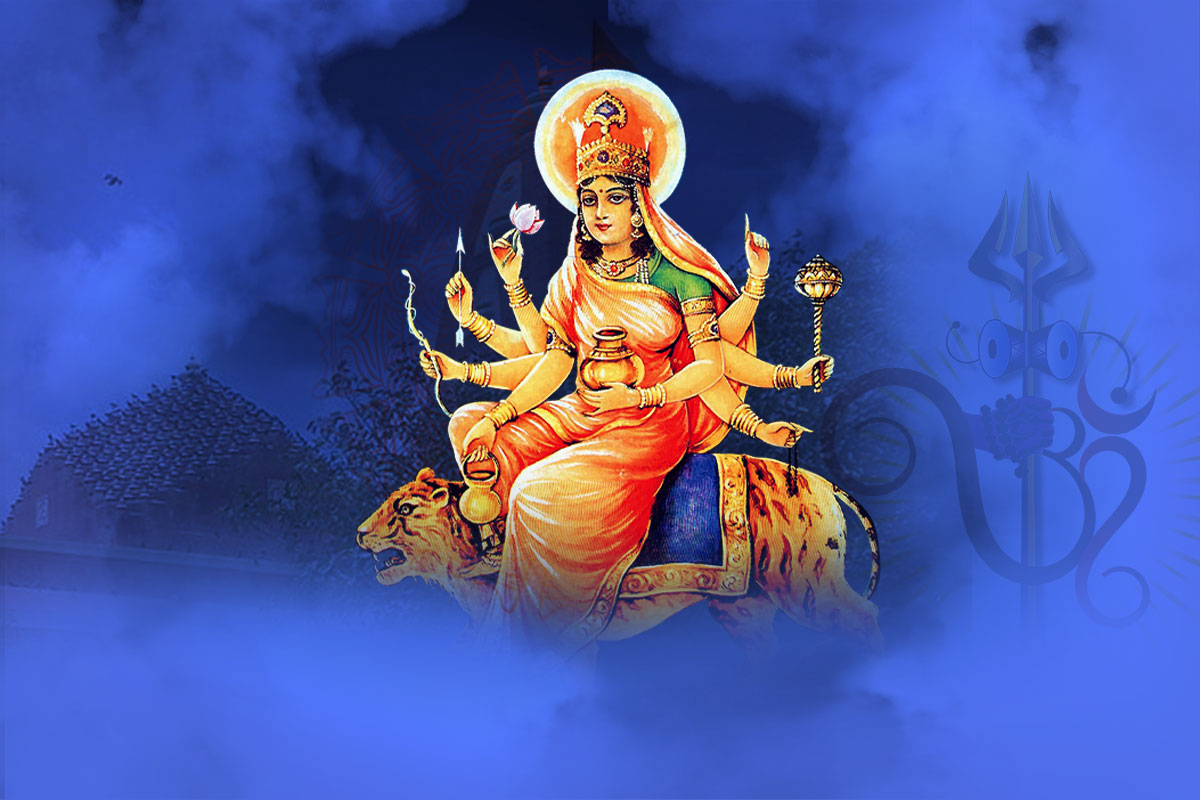


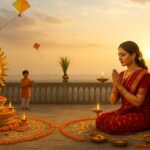
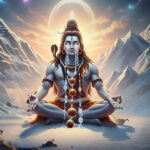
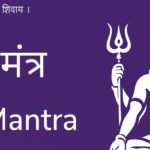
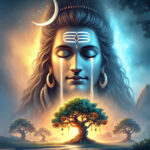
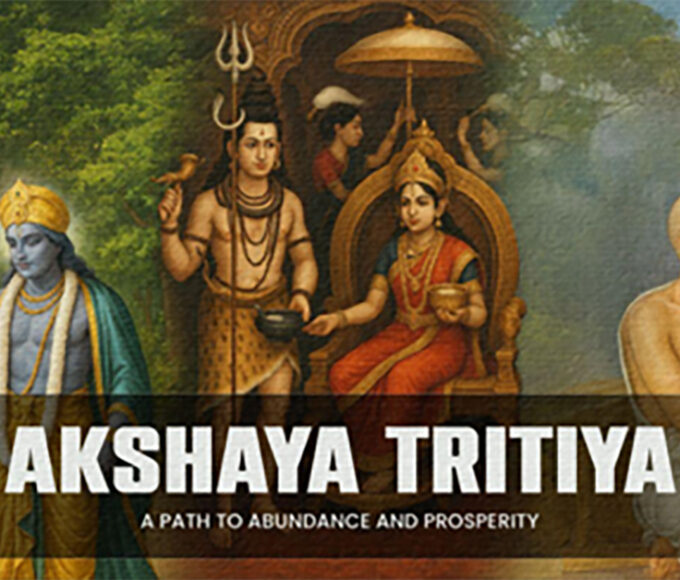
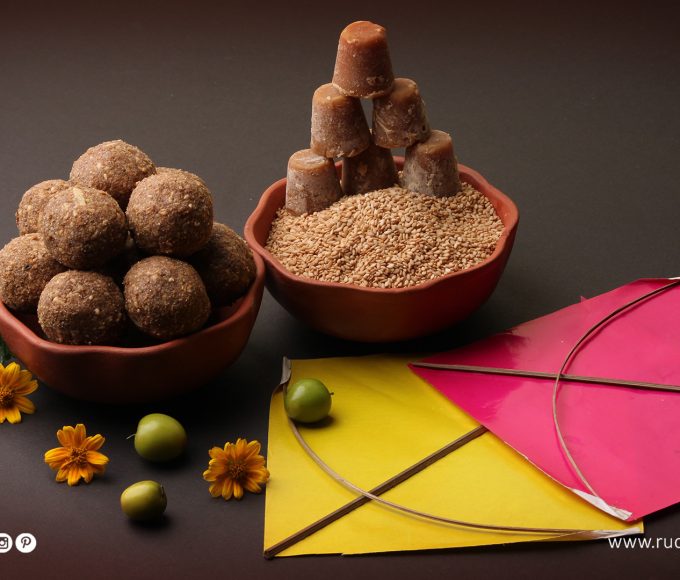
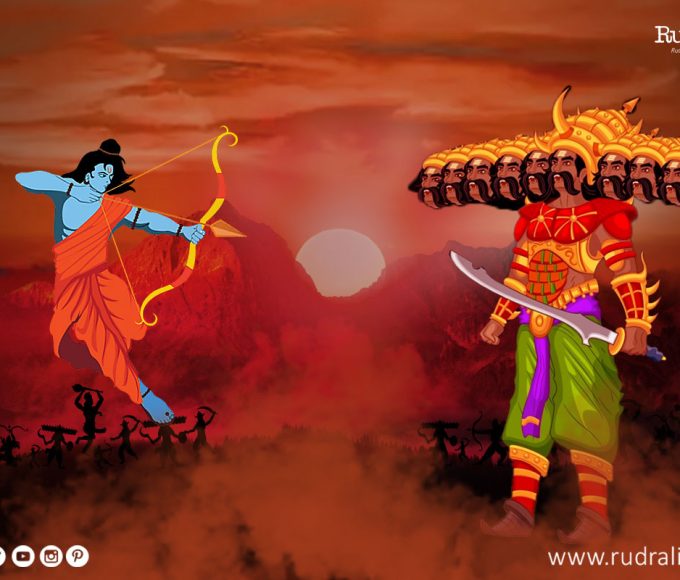

Leave a comment